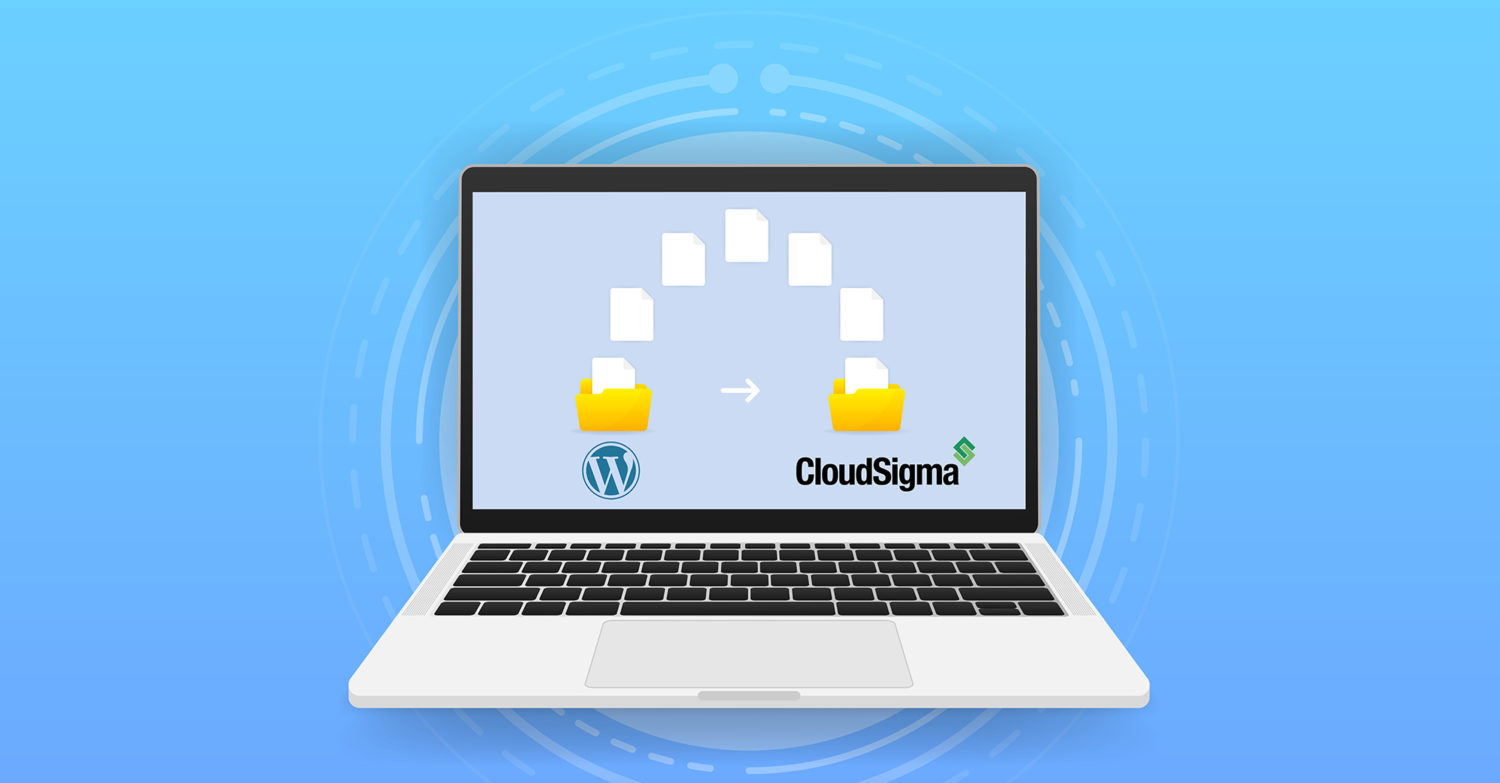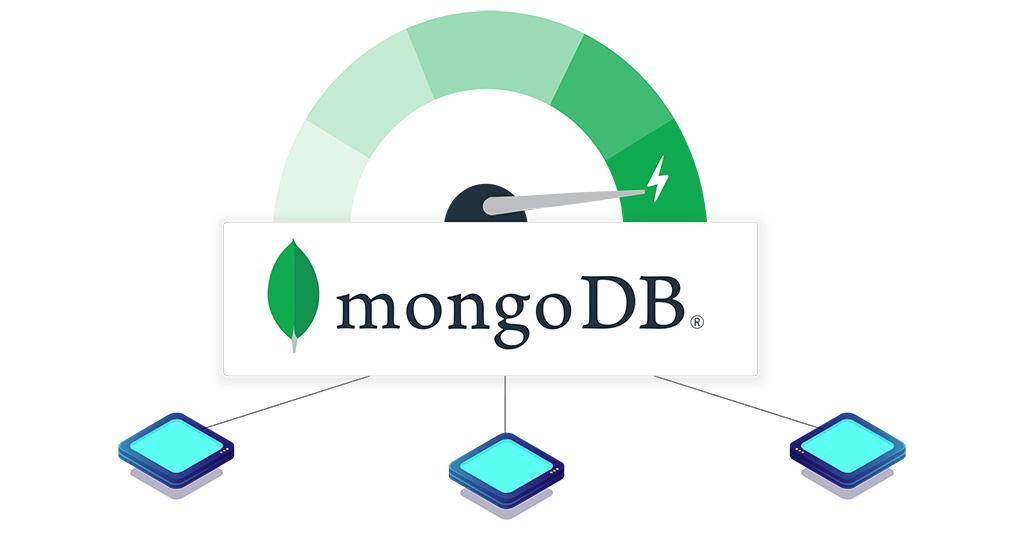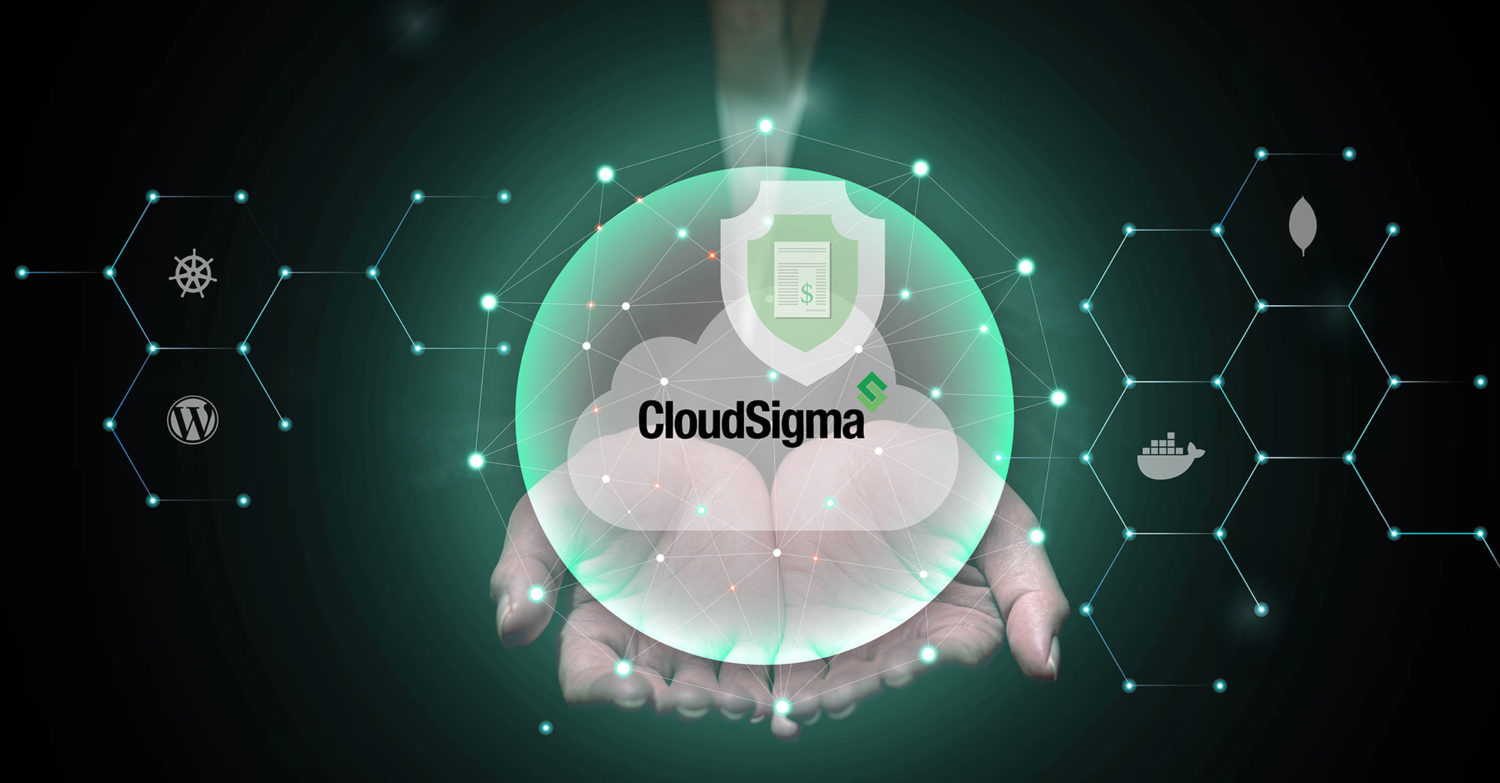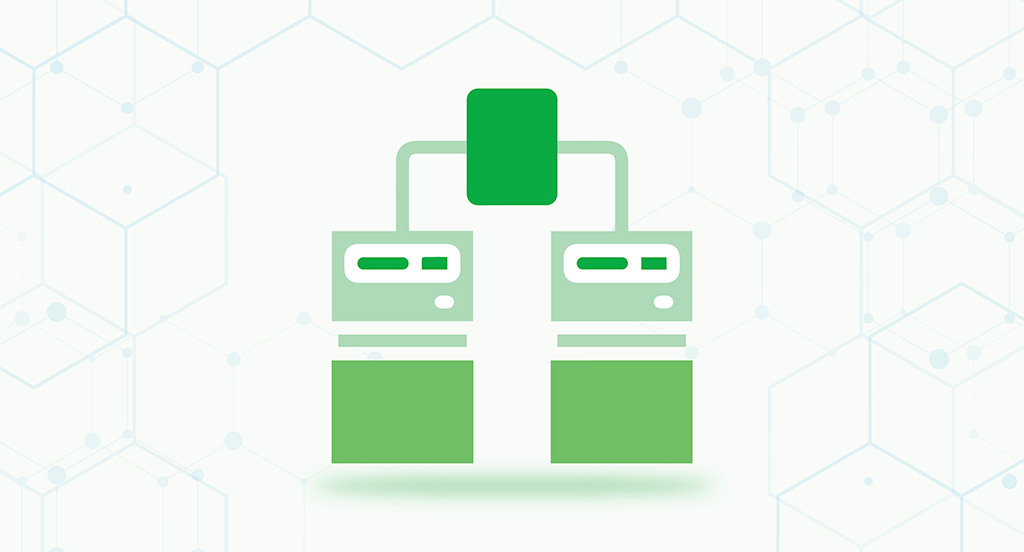In this tutorial, we will be discussing how you can install WordPress inside a standalone elastic container in order to make the solution even more cost-effective and lightweight than it already is. The WordPress Standalone package can be installed very easily through the CloudSigma PaaS platform. This means that with a single click, you can supplement your small and medium-sized …
How to Migrate a Website from WordPress to CloudSigma PaaS
Most websites on the internet today are created using WordPress. However, using a PaaS environment like the one provided by CloudSigma offers a lot of additional functionality. In this tutorial, we will demonstrate how you can easily migrate a WordPress website over to CloudSigma PaaS. There are several pre-configured WordPress packages in the CloudSigma Marketplace that you can use for …
Using Asynchronous Primary-Secondary Replication by PostgreSQL for Auto-Clustering
Data is arguably the most important component of any website or application. If you are the owner of a website or an app, you must ensure that you are able to provide your users with adequate data security, accessibility, and availability within a dynamically changing environment. One of the ways to do this is to use multiple servers working in …
Exploring CloudSigma PaaS: How to Utilize Ruby PaaS Hosting Services?
What is Ruby? Ruby is an open-source programming language that is well known for having one of the most natural and easy-to-read syntaxes. This object-oriented programming language combines the best features of other languages to make a simple yet rewarding approach a possibility. In addition to its object-oriented nature, Ruby also offers features such as operator overloading, iterators and closures, …
Improving Availability and Site Performance Using a Replica Set with MongoDB Auto-Clustering
Auto-clustering enables you to create a replica set of your entire database. MongoDB is a stack you can use on your CloudSigma PaaS platform to make the process incredibly easy- you can make a reliable replica set with just one click. There are many benefits to automatic clusterization, some of which include: High Data Availability It is a great strategy …
Is PaaS Platform Lock-In a Hidden Threat to Your Business?
Platform-as-a-service (PaaS) offerings can be a powerful solution to the problem of scarce resources. By removing the complexity of managing underlying infrastructure and development environments, they make it possible to write, test and deploy new applications fast and efficiently. Since speed to market is now a key competitive differentiator, PaaS is a choice that can deliver a market advantage. The …
Why Should You Turn to WordPress Cloud Hosting for Your Website?
Gone are the days when cloud computing used to be nothing more than just a buzzword. In fact, it has become a necessity if a company wants to keep up with its competitors and focus on developing its business. If you are currently paying a third-party provider for web hosting services, it is high time for you to seriously consider …
CloudSigma PaaS Platform Load Balancing How-to Guide
On CloudSigma’s PaaS Dashboard settings, you will find a tool known as a load balancer. Load balancers are dedicated nodes that allow you to perform load balancing– the process of traffic navigation and workload distribution across different components in your infrastructure. CloudSigma PaaS gives you the option to add these instances manually into your environment. You will get the option …
Exploring Platform-as-a-Service (PaaS) and its Types
PaaS stands for Platform-as-a-Service. These platforms serve to provide cloud computing services to modern businesses. However, there is no singular, one fits all definition for everyone. There are various aspects that are unique for different types of PaaS cloud solutions. Similarly, even the way we define cloud computing service models varies from case to case. Generally speaking, PaaS is a …
CloudSigma PaaS Platform Dashboard How-to Guide
The following is a detailed guide that will help you become familiar with the CloudSigma PaaS Dashboard. We will go over all of the different features, tools, and icons you can interact with on the user interface to create and modify your project. You need to follow along with this tutorial on the CloudSigma PaaS platform. This way, you can …
CloudSigma PaaS Platform Automatic Vertical Scaling How-to Guide
Scaling is one of the most critical features that is often missing from most cloud interfaces. CloudSigma PaaS, however, has made it a point to automatically scale any and all applications. Application scaling can be performed horizontally as well as vertically with CloudSigma which makes it one of the most flexible options currently available. CloudSigma PaaS performs scaling by modifying …
Facilitating Migration Across Cloud Platforms with Zero Code Change Deploy and No Vendor Lock-In: CloudSigma PaaS Guide
Vendor Lock-In Migration When it comes to making web-based applications, a lot of PaaS providers tend to make their developers use the Twelve-Factor App methodology. Other services will require you to build your application while keeping the requirements of immutable infrastructure, or proprietary runtimes and APIs in mind. In case you ever need to migrate from virtual machines to containers, …













